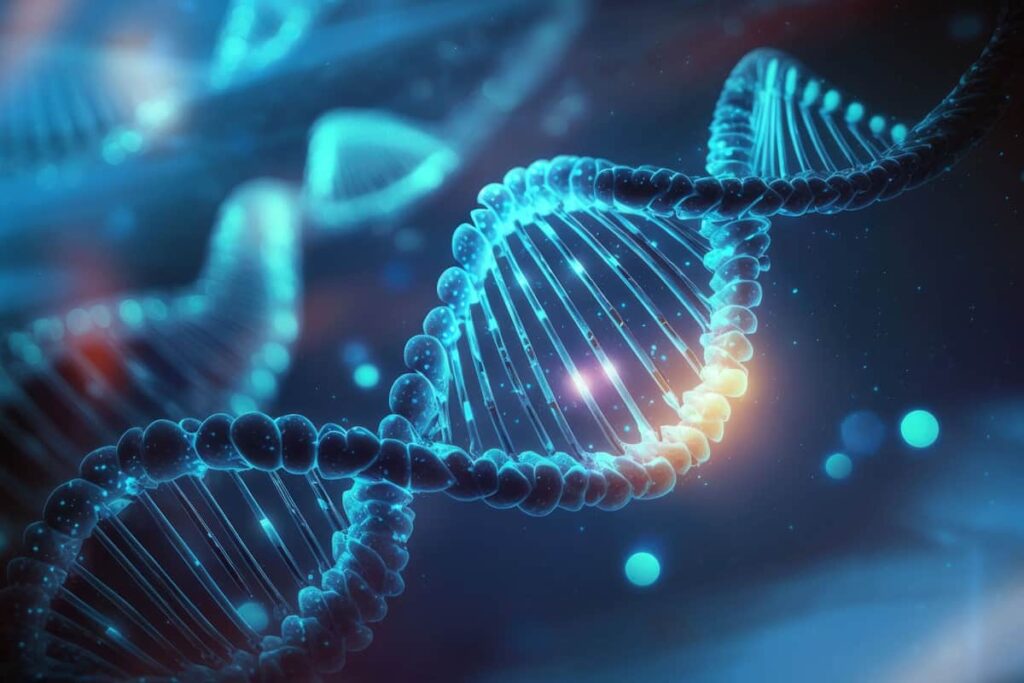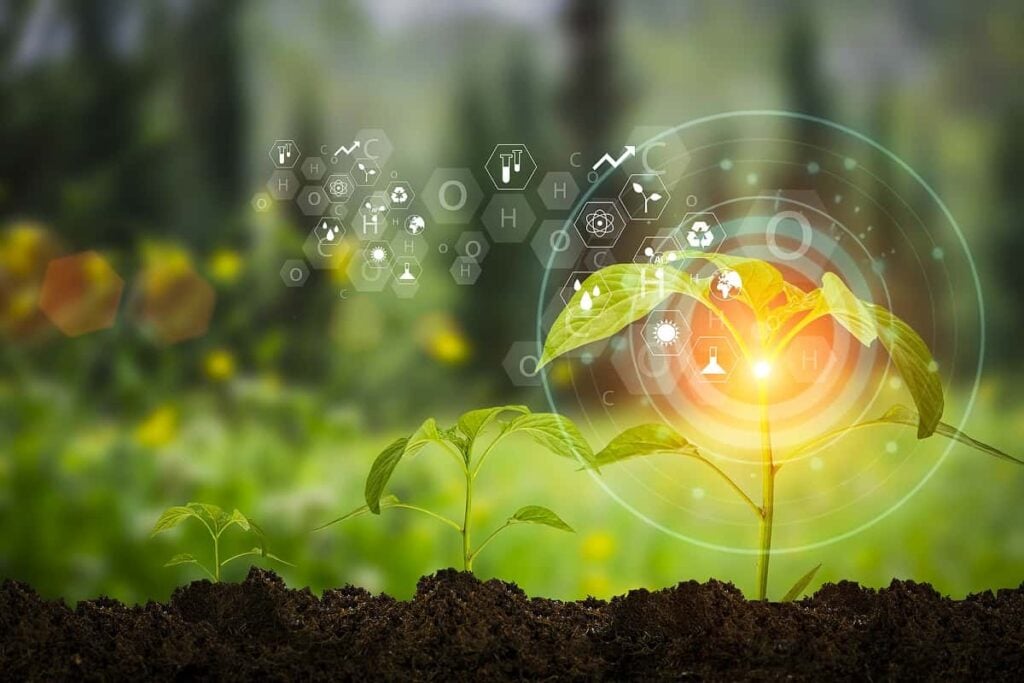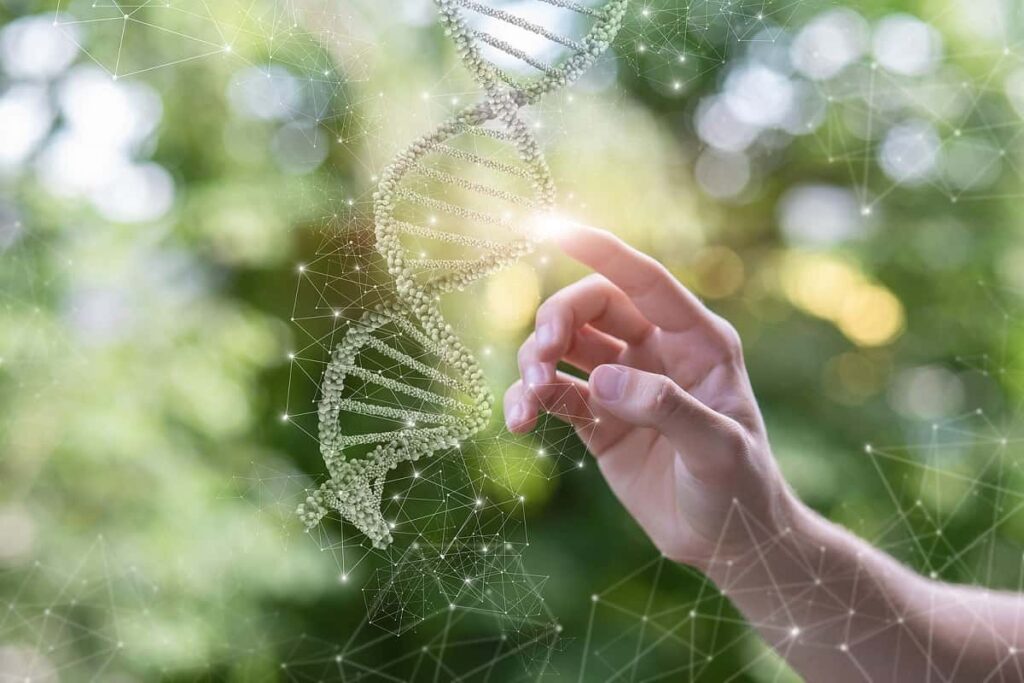Skin Rejuvenation from Fibrocell (FCSC)
Table of contents
Table of contents

In an earlier post titled “A Strong Synthetic Biology IPO by Intrexon“, we discussed Intrexon’s business model of licensing their intellectual property to various companies through the use of “exclusive channel collaborations”. One of the companies licensing synthetic biology technology from Intrexon is Fibrocell, a company developing skin rejuvenation product candidates.
About Fibrocell
Founded in 1995, Pennsylvania based Fibrocell (NYSEMKT:FCSC) was formed from the bankruptcy of Isolagen in 2009. Isolagen was a much talked about company by the media in which their technology was claimed to allow skin to effectively heal itself. An article by The Consulting Room titled “The Rise and Fall of Isolagen” discusses some of the problems that led to the failure of Isolagen. In April 2013, FCSC underwent a 25 to 1 reverse stock split for the purpose of moving from the OTC exchange to the NYSE MKT. The company has a market cap of $117 million following a large drop in share price of 20% on September 26 when they announced a discounted share offering. Following this offering, the company has around $65 million in cash and no debt. Revenues for the six months ending June 31 2013 were only $88 thousand compared to $44 thousand for the same period in 2012.
Technology
FCSC’s lead product, LAVIV, has been approved by the FDA to improve the appearance of moderate to severe smile lines in adults. LAVIV is the first FDA-approved product from FCSC and one of only three cell-based products approved by the FDA. LAVIV is the first and only approved treatment for aesthetic use that utilizes the patient’s own fibroblast cells. Fibroblast cells are responsible for the production of collagen, a protein that gives skin its strength and elasticity and also plays a critical role in wound healing. Autologous fibroblast cells are an individual’s own fibroblast cells and are recognized by the body’s immune system as “self”.
Three primary areas for future planned applications of LAVIV are restrictive burn scarring, vocal cord scarring, and acne scarring. Based on estimated provided by Fibrocell, these areas represent a combined addressable market between $1.7- $2.3 billion of which there are no currently approved FDA therapeutics. Fibrocell’s technology is protected by 10 U.S. patents and 30 patents in other countries. Their product pipeline can be seen below:

In addition to pursuing opportunities with Fibrocell’s own fibroblast technology, they have also teamed up with Intrexon to use Intrexon’s synthetic biology platforms to creating personalized medicine for hard to treat skin diseases. In a show of confidence, Intrexon purchased $7.5 million in FCSC shares at $6.03 per share. In addition to this interest, NRM VII Holdings I, LLC who is the largest shareholder in FCSC is controlled by Randall Kirk, Chairman and Chief Executive Officer of Intrexon.
Conclusion
With minuscule revenues, pipelines that run well into the future, and a legacy characterized by the problems that led to Isolagen’s bankruptcy, FCSC has their work cut out for them. However a strong vote of confidence by Randall Kirk and Intrexon along with plenty of cash and no debt, the company is in a good financial position to execute on their pipeline.
Sign up to our newsletter to get more of our great research delivered straight to your inbox!
Nanalyze Weekly includes useful insights written by our team of underpaid MBAs, research on new disruptive technology stocks flying under the radar, and summaries of our recent research. Always 100% free.














